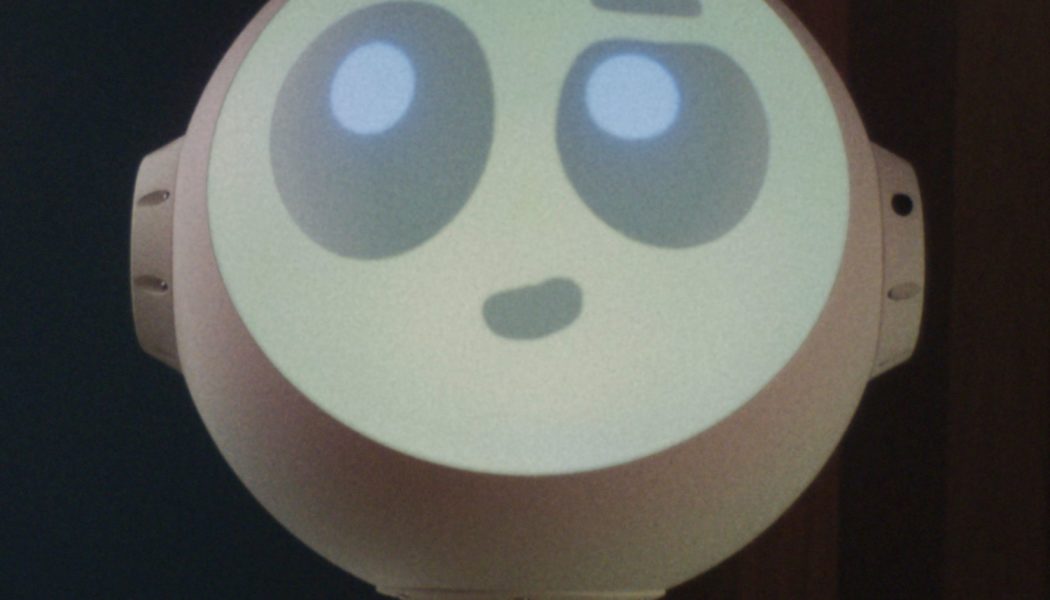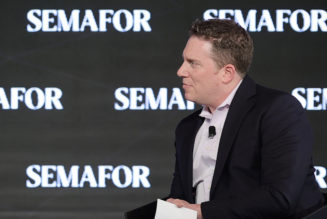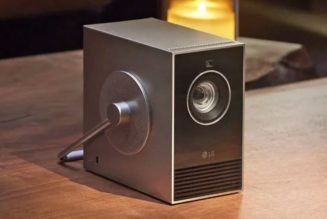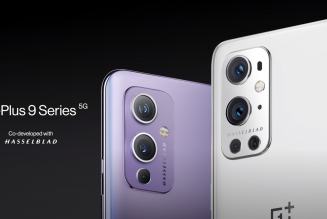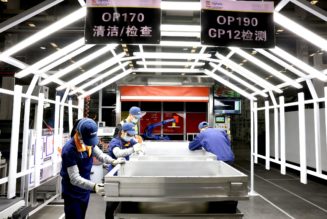The murder mystery was a chance for showrunner Katie Robbins to imagine a different kind of sci-fi vision.
Share this story
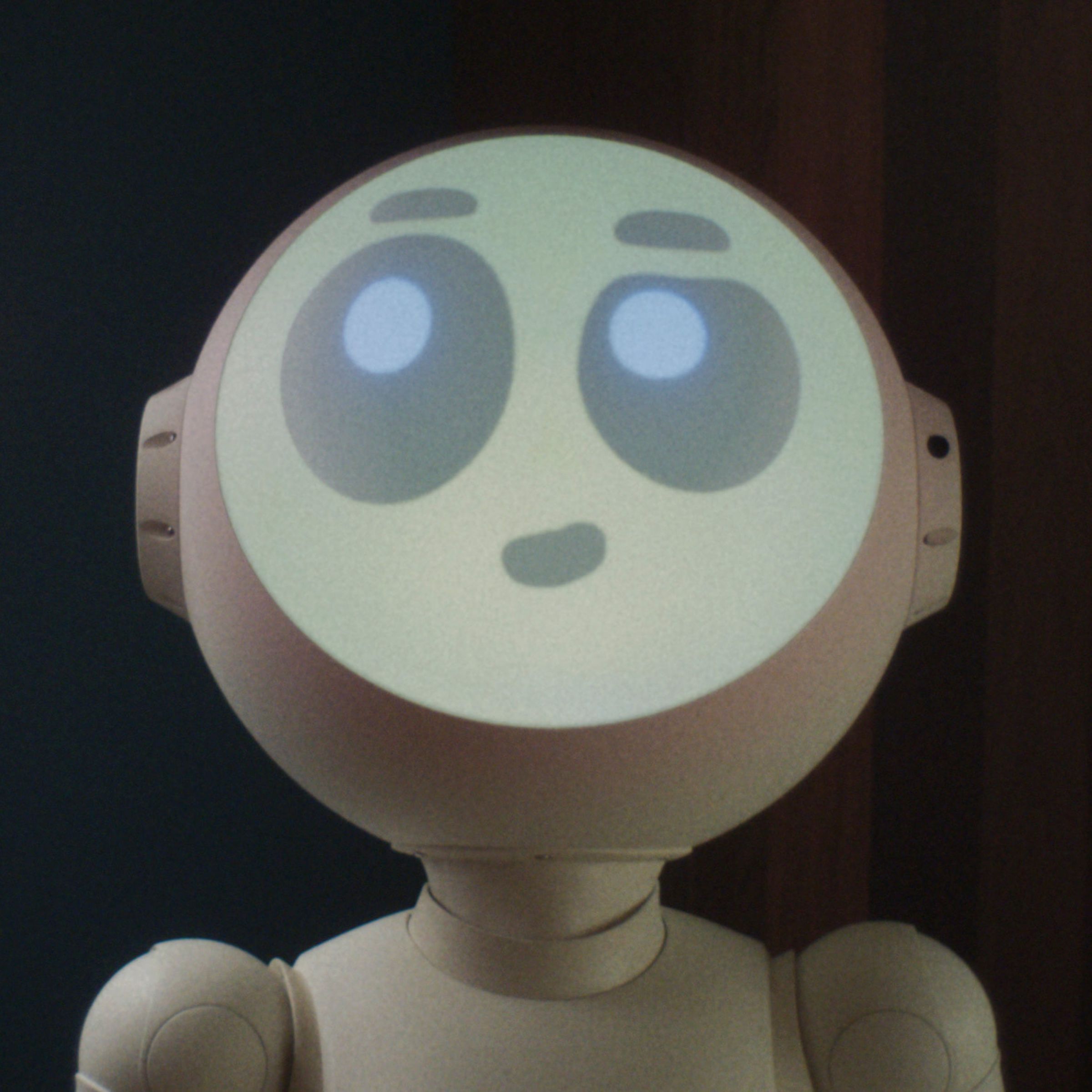
Sunny, a new sci-fi dramedy on Apple TV Plus, is different from most visions of the future — mainly because it barely has any screens. Instead, the show imagines a time when technology is more seamlessly integrated into our lives. Phones rely primarily on audio, friendly robots help around the house, and computer monitors look like they’re made of paper. For showrunner Katie Robbins and the rest of the production crew, designing Sunny became an opportunity to do something different in the realm of science fiction.
“It was such an amazing treat and challenge to think: if we could change things about the world that we live in, what would we change?” Robbins explains. “How would we change the ways we interface with our technology?”
Those differences manifest in a few ways. While everyone in Sunny seems to carry around a phone, for instance, they’re a lot different from modern smartphones. Inspired by the design of Japanese lighters from the 1960s, the devices are curvy rectangles that can flip open to reveal a screen. But hardly anyone on the show uses them that way. Instead, they pop an AirPods-style headphone in one ear (the phone doubles as an earbud case) and do almost everything via voice.
When the characters need to do something visually — browse search results or play a multiplayer game — there’s a built-in projector. And when the citizens of this future actually interact with a display, whether it’s the phone or a computer or a TV playing 24-hour news at a convenience store, the screen looks like it’s made out of electronic paper. Robbins says the displays were all designed to look like the shoji screens found in many Japanese homes so that they fit more naturally into the environment.

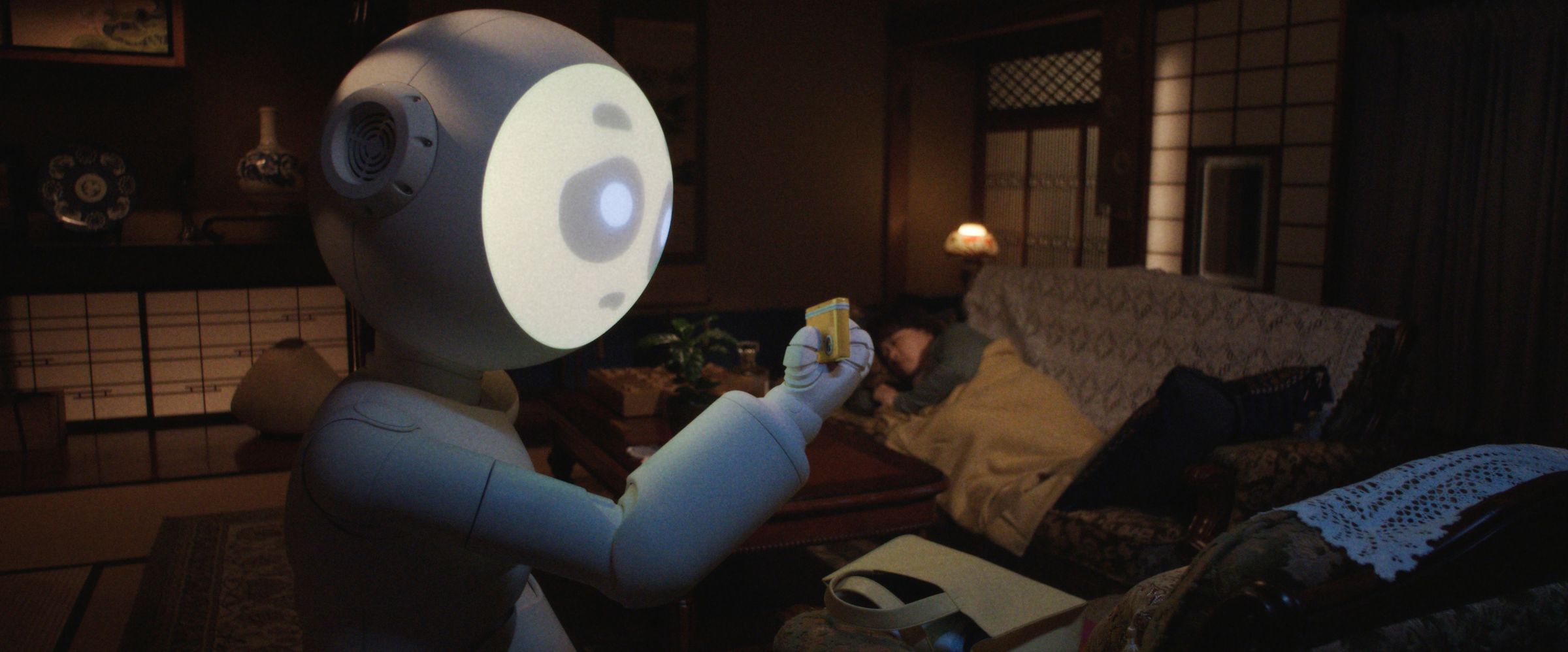
Part of what makes it all work is that Sunny largely feels out of time. The show follows Suzie (Rashida Jones), who teams up with robotic home assistant Sunny (Joanna Sotomura) to solve the mystery of her husband Masa’s (Hidetoshi Nishijima) disappearance. It’s set in Kyoto, but when it takes place isn’t really clear. The show is vaguely futuristic, with its plentiful robots and voice assistants that can actually understand you, but it’s also decidedly retro when it comes to things like fashion and music. Robbins says that temporal ambiguity is intentional. “We never wanted to specifically timestamp the show, so that it could feel 10 years in the future, 30 years in the future, or an alt-now,” she says. “We wanted it to feel familiar and accessible and not futuristic in a really overt way.”
Many of the decisions regarding technology — and screens in particular — also came from a practical standpoint. “We wanted to, as much as possible, avoid screen inserts and that kind of thing, and characters constantly picking up their phones and scrolling,” says Robbins. Having most communication happen via voice makes for a better experience for viewers, keeping the focus on the actors, but it also creates tension for the show’s main character. Suzie has lived in Japan for a decade, but because of the ubiquitous real-time translation technology found in her phone, she has never actually had to learn the language. She simply puts in the earbud and carries on a conversation.
“Which is miraculous, and in some ways incredibly connective and allows her to live in a place where she wouldn’t otherwise be able to communicate with people,” Robbins says. “However, there is also a barrier within that technology. Imagine if you lived in a place where almost all of your interaction with people you were hearing translated in your ear. Even though the technology is bringing people together, it’s also creating a barrier in this way that I think is really interesting.”

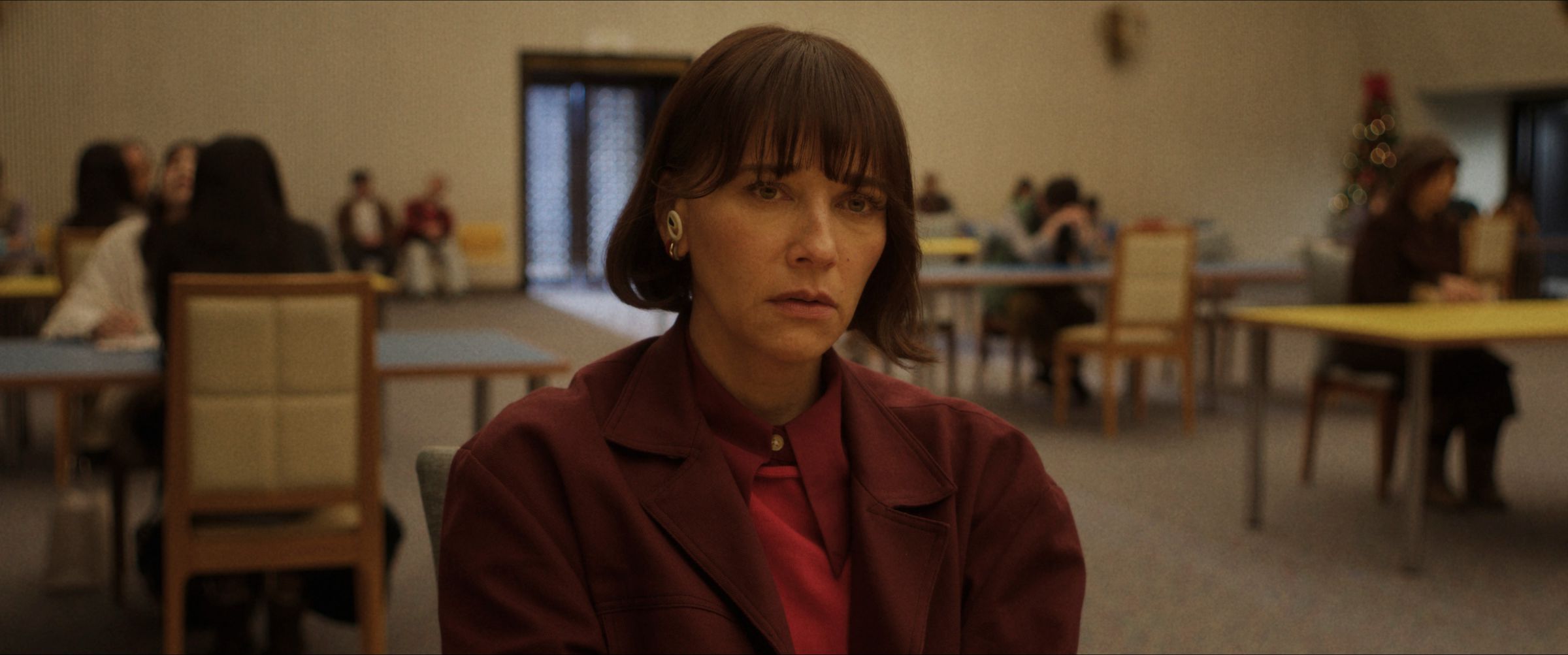
As for the robots, and Sunny in particular, the concept for a cute and friendly assistant similarly came from a story viewpoint. Suzie is someone with a deep-seated distrust of technology who is also going through an incredibly difficult time with the loss of her husband and son. “What if the robot is potentially the thing that brings her out of that?” Robbins remembers thinking.
After some research into the field of human-robot interaction — and working with the team at visual effects powerhouse Wētā Workshop — Robbins was able to find a look that both Suzie and viewers would relate to, complete with a big round face with huge, extremely expressive eyes that do an amazing job of conveying emotion. “Something that felt very cute, and approachable, and amiable so that you could imagine falling in love with it,” Robbins explains.
At a time when many of us seem to be desperately searching for some kind of remedy to our overconnected present, there’s a lot of appeal in Sunny’s vision. The bots are mostly friendly and helpful when you need them and easy to ignore when you don’t. Meanwhile, the phones are connectivity tools rather than attention-consuming blackholes, and people actually talk to each other (even if sometimes mediated through a translator). In a world of Boox Palmas, Daylight tablets, and AI tools that leave much to be desired, the Sunny phone could definitely garner an audience — which was the goal all along.
“That was the hope,” says Robbins. “We get the chance to design something here. Let’s design something that we would want.”
